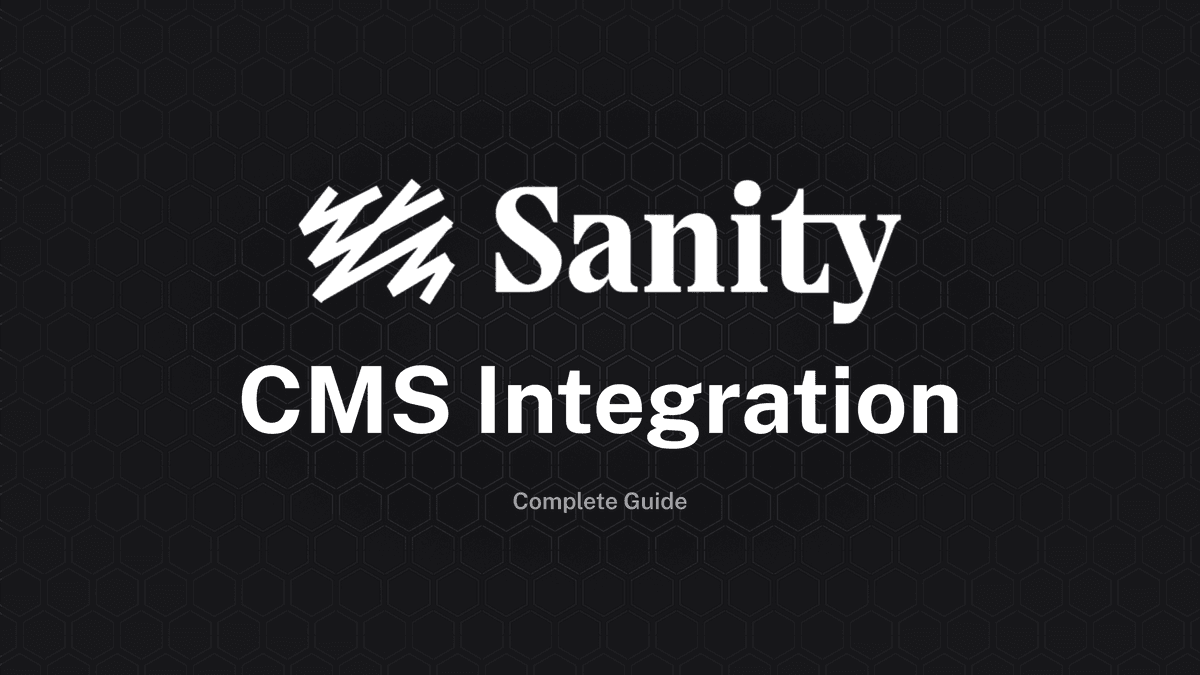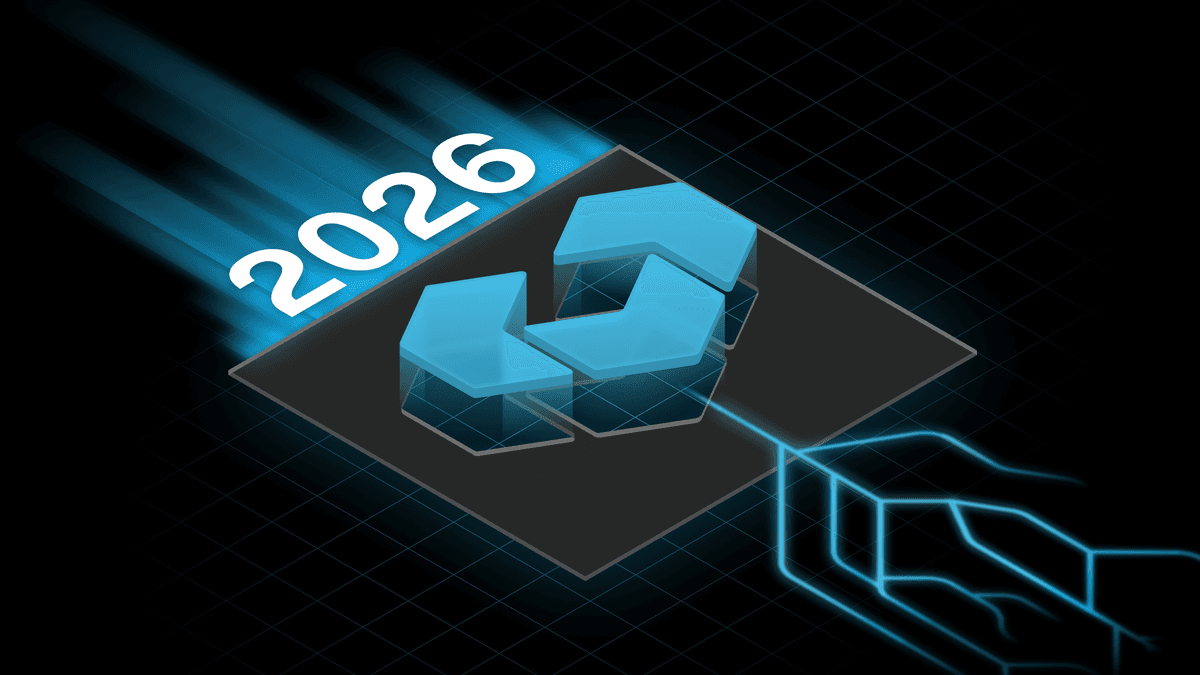A Guide to Integrating Sanity with Vendure

This guide demonstrates how to integrate Sanity with the Vendure headless commerce platform. The integration uses the commerce platform for transactional logic and Sanity for structured content management. This pattern establishes Vendure as the single source of truth for core product data.
Sanity is a platform for structured content that features a real-time, open-source editing environment (Sanity Studio), which can be customised and hosted anywhere. A key feature is its powerful query language, GROQ, which provides a flexible way to request and join data from your content lake.
Why Vendure's Architecture is Ideal for a Sanity Integration
Vendure's architecture is well-suited for this integration because its plugin system allows you to build an event-driven data synchronisation pipeline. The EventBus can trigger jobs for product updates, while the built-in JobQueue manages background tasks like API calls and retries. All of this logic is encapsulated within a decoupled plugin, keeping your codebase maintainable.
Build Your Production-Ready Sanity Integration
Our documentation provides a complete guide to the Sanity service implementation. We also provide a complete, working example of this integration for you to explore, which includes advanced features like batch operations and relationship management.
Vendure Documentation: CMS Integration Plugin Tutorial
What You Will Build
This guide demonstrates how to use Vendure's CMS plugin architecture to build a production-ready Sanity integration. You will learn how to:
- Set up a Sanity Studio project and define document schemas for products, variants, and collections in TypeScript.
- Transform Vendure entities into the format required by Sanity's API.
- Implement a centralized method for making authenticated API requests using GROQ for queries and mutations for write operations.
- Handle complex entity relationships by resolving and linking document IDs between content types using GROQ.
- Implement the full CRUD synchronisation logic for products, variants, and collections.
Further Reading
Share this article


